The History of London Department stores
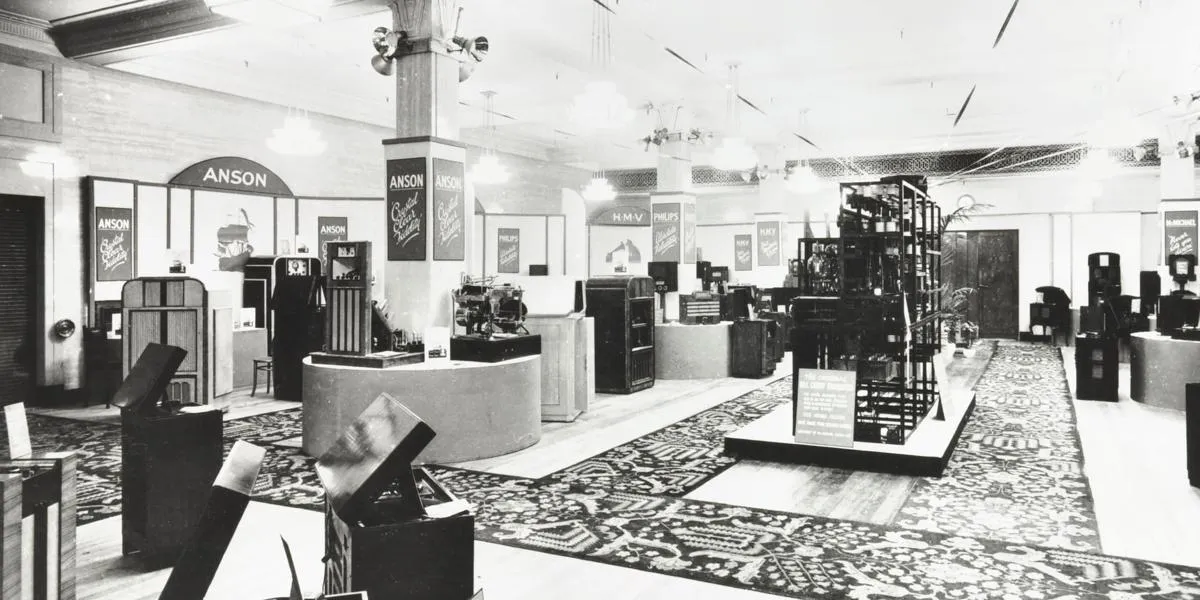
Department Stores have perhaps made an impression on us all in some way. Whether your first memory is of being taken to Littlewoods to get your school uniform or browsing the luxury items at Harrods. London department stores have been a theatre of experience for the shopper with a vast array of products often in a grand setting and are part of a collective memory.
In the decades following the Second World War, the British press was profligate in its use of metaphors for redundancy when discussing the subject of London department stores. Shipwrecks, lumbering giants, ostriches and dinosaurs were all evoked, suggesting their vulnerability, conservatism and scale.
The UK has lost 83% of its main department stores in the five years since the collapse of the BHS chain
In recent years the iconic status of the department store is at stake following the change in societal behaviour with a move towards shopping online. The coronavirus pandemic inevitably saw some store casualties that were already in decline, such was the fate of Debenhams, aged 242 years at closure.
Collections at TLA
TLA holds Building Act case files within the archives of the London County Council (1889-1965) and Greater London Council (1965-1986) which include plans, builders account books, photographs and ephemera relating to department stores across London and the suburbs. Some aspects of these collections will be explored in this article and images can be found on the London Picture Archive.
Search London Picture ArchiveWhere did it all begin?
The earliest model for a department store in London was the Pall Mall draper 'Harding, Howell and Company' who opened their store in 1796 at no.89. It was divided into different areas: furs and fans, fabric for dresses, haberdashery, jewellery and clocks, and perfume and millinery.
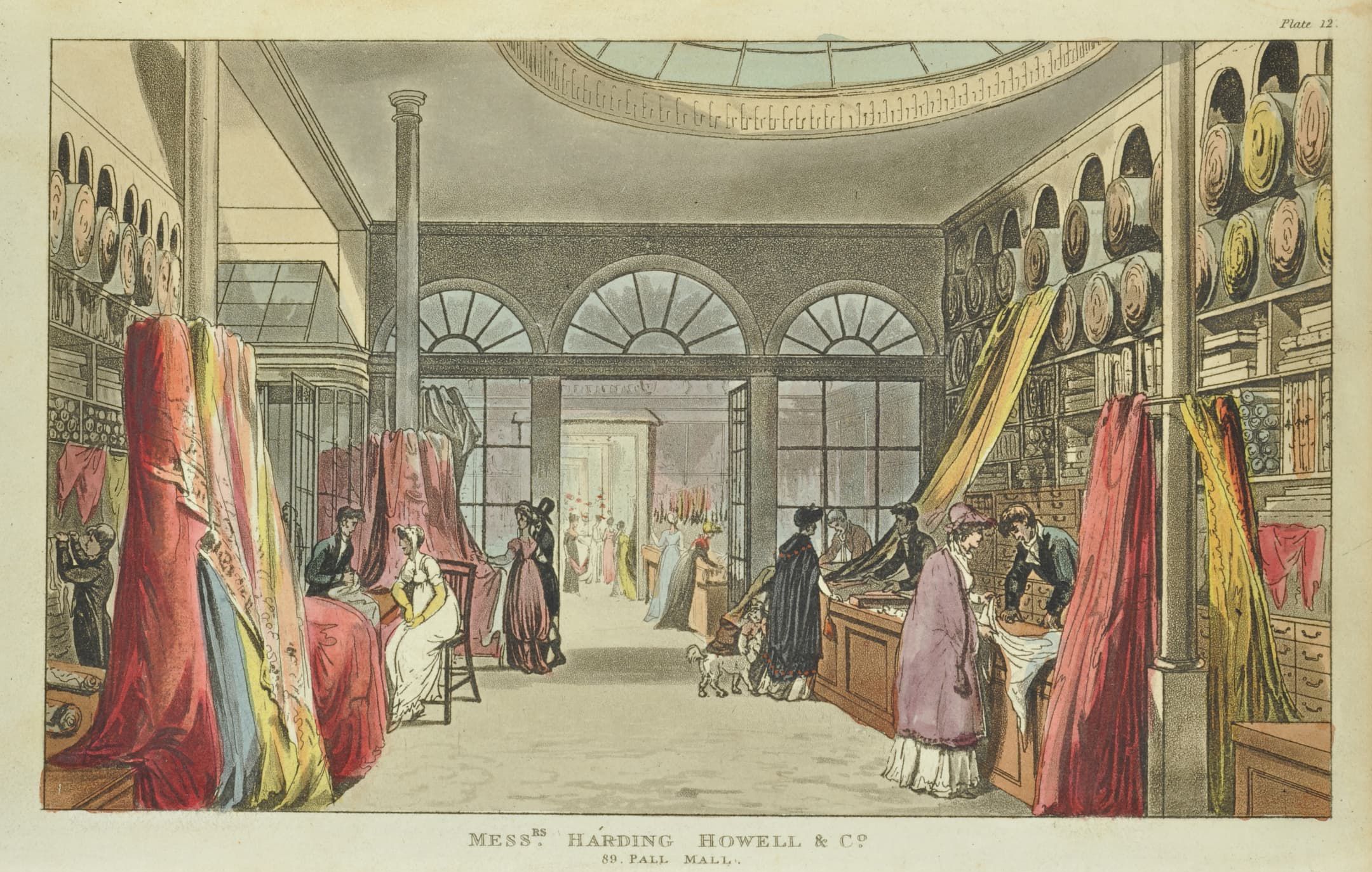
Ackermann's Repository of Arts described these premises in 1809:
It is fitted up with great taste, and is divided by glazed partitions into four departments…Immediately at the entrance is the first department, which is exclusively appropriated to the sale of furs and fans. The second contains articles of haberdashery of every description, silks, muslins, lace, gloves, &etc. In the third shop…you meet with a rich assortment of jewelry, ornamental articles in ormolu, French clocks, &etc.; and on the left, with all the different kinds of perfumery necessary for the toilette. The fourth is set apart for millinery and dresses; so that there is no article of female attire or decoration, but what may be here procured in the first style of elegance and fashion.
Other early stores, that later established a department store model, included Fortnum and Mason which was originally founded as a grocery store in 1707 on Piccadilly.
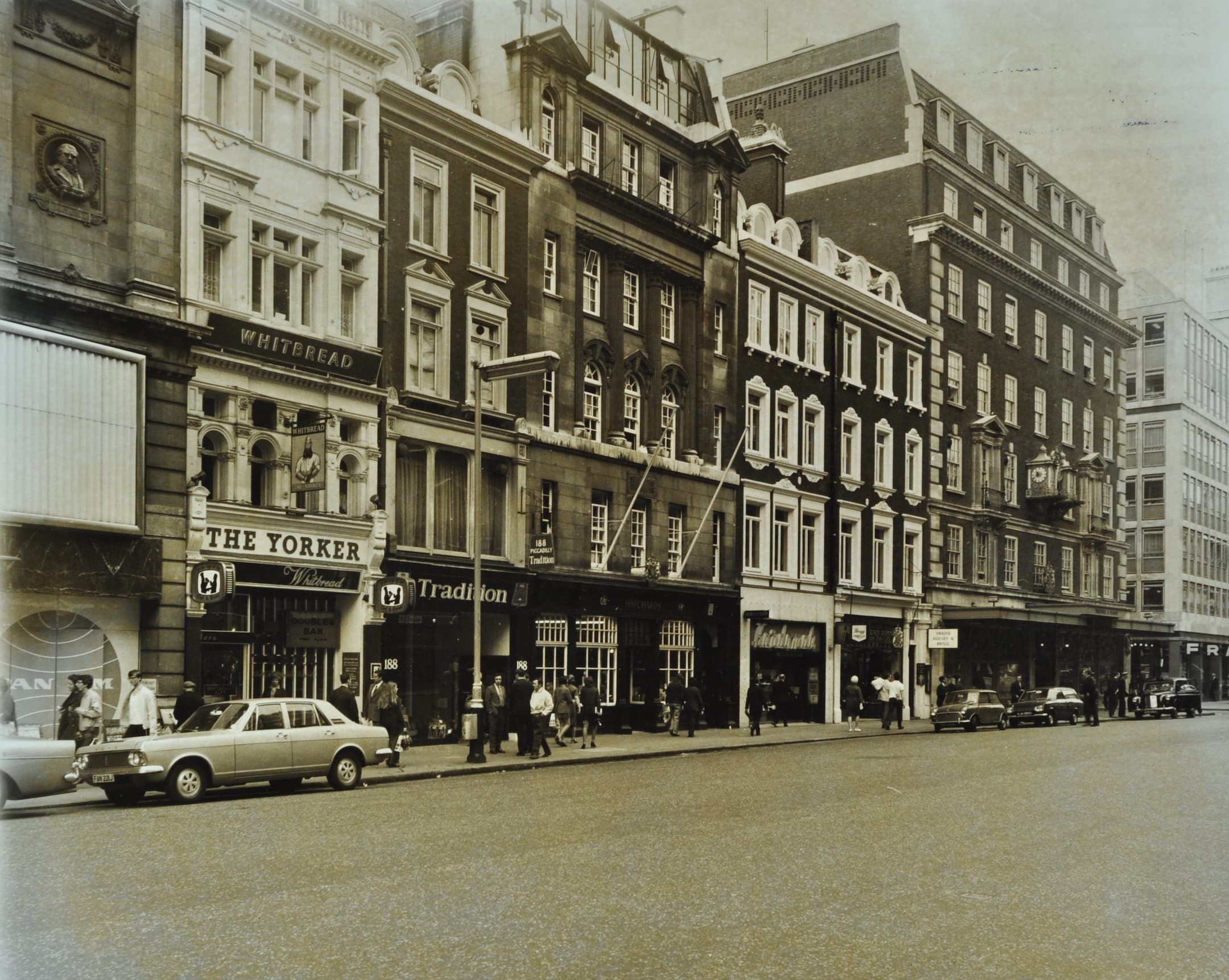
Debenhams had its beginnings in 1778 at 44 Wigmore Street as a draper’s store run by William Clark, with William Debenham joining him as a partner in 1813. Before the flagship store was established on Oxford Street another partnership emerged in Debenham and Freebody at 27-37 Wigmore Street. This was completed in 1908 and built by Trollope & Colls Limited.
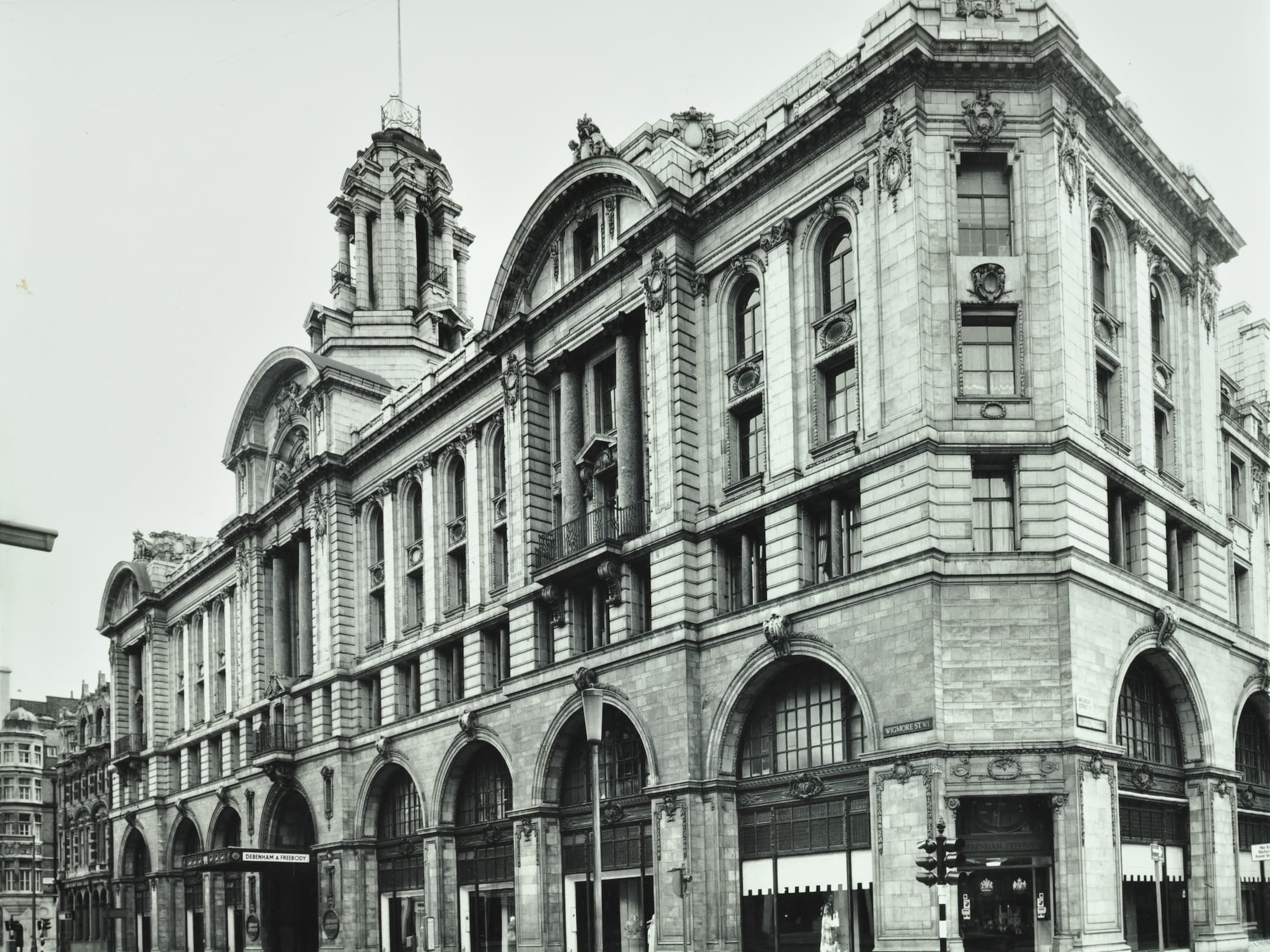
Builders
TLA hold the records of the builders Trollope & Colls Limited including the prime cost books for the Welbeck Street address of Debenham and Freebody B/TRL/028. They finely detail material used in the construction and the extensive employment of labour involved, such as bricklayer, carpenter, joiner, plasterer, tiler, mason, slater, painter, plumber, and founder.
Also held at TLA are the records of the builders Higgs and Hill Limited B/HIG/HH which includes a photograph album (B/HIG/HH/10/03) with various department stores that they had contracts to work on. The album has images of: Bourne and Hollingsworth, Barker’s of Kensington, Peter Robinson, Liberty, Gamages, Swan and Edgar, Dickins and Jones. Another album in this collection (B/HIG/HH/10/01/337) shows the exterior of Warwickshire House, Gower Street which could house up to 600 unmarried female workers from Bourne and Hollingsworth. In the album are views of the indoor swimming pool which dates from the 1930s.
The 'theatre' of shopping and consumerism
The Pantheon on Oxford Street by James Wyatt opened in 1772 and was the site of a popular entertainment venue where people came to ‘see and be seen’ parading the latest fashions and indulging in masquerades. This building burnt down in 1792, was later restructured and in 1833-4 was rebuilt to the plans of Sydney Smirke as a bazaar. Smirke’s building provided two levels for people to explore and various counters at ground level, with lots of natural light coming through the glass roof. The site was demolished in the late 1930s and then occupied by Marks and Spencer.
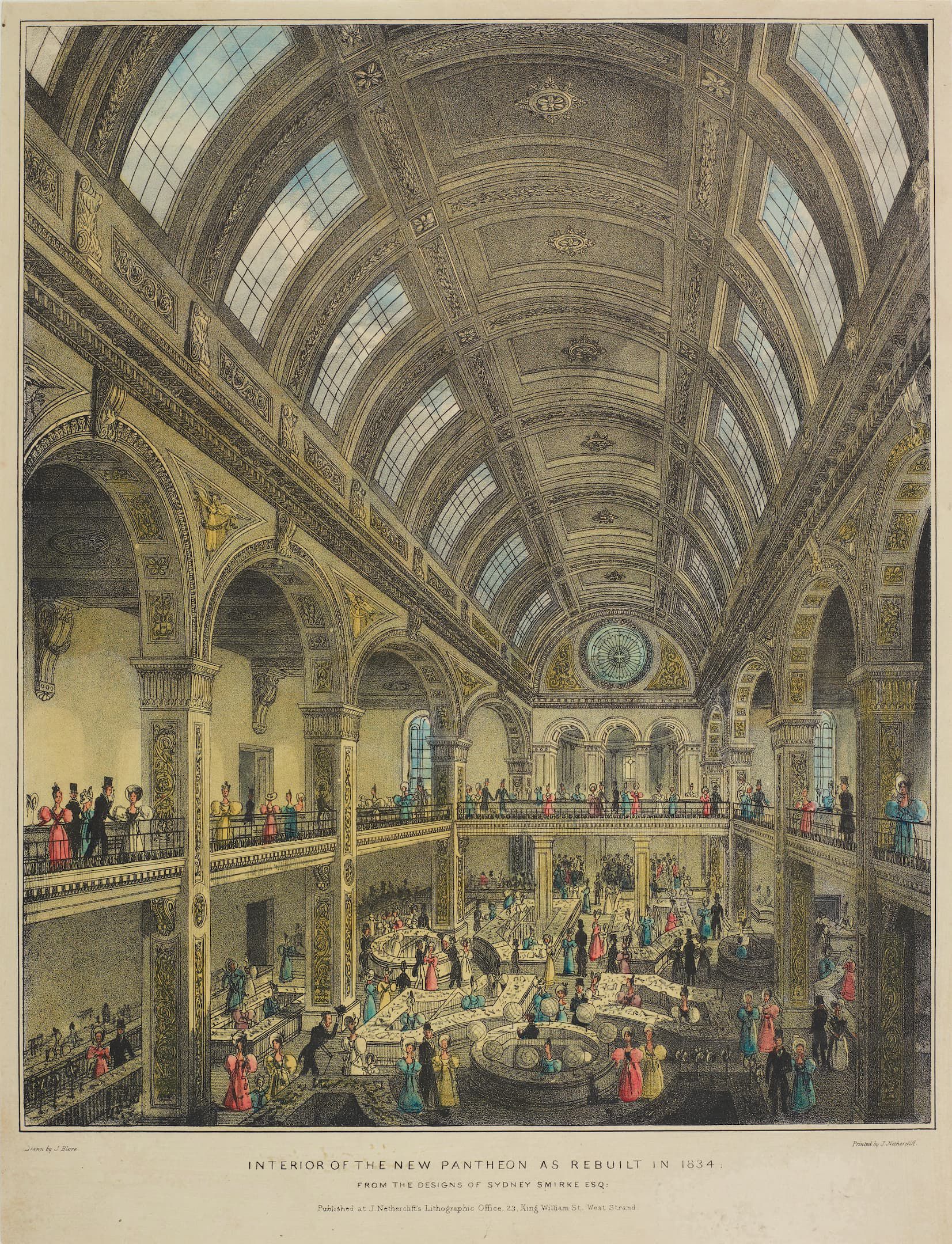
This Benjamin Read print (below) reflects equally the grand nature of the design at the Pantheon and the clothing of its fashionably dressed patrons. To the right behind the arch colonnade, a female customer with a fan points to an item at the counter. The whole scene has an atmosphere of luxury and desirability.
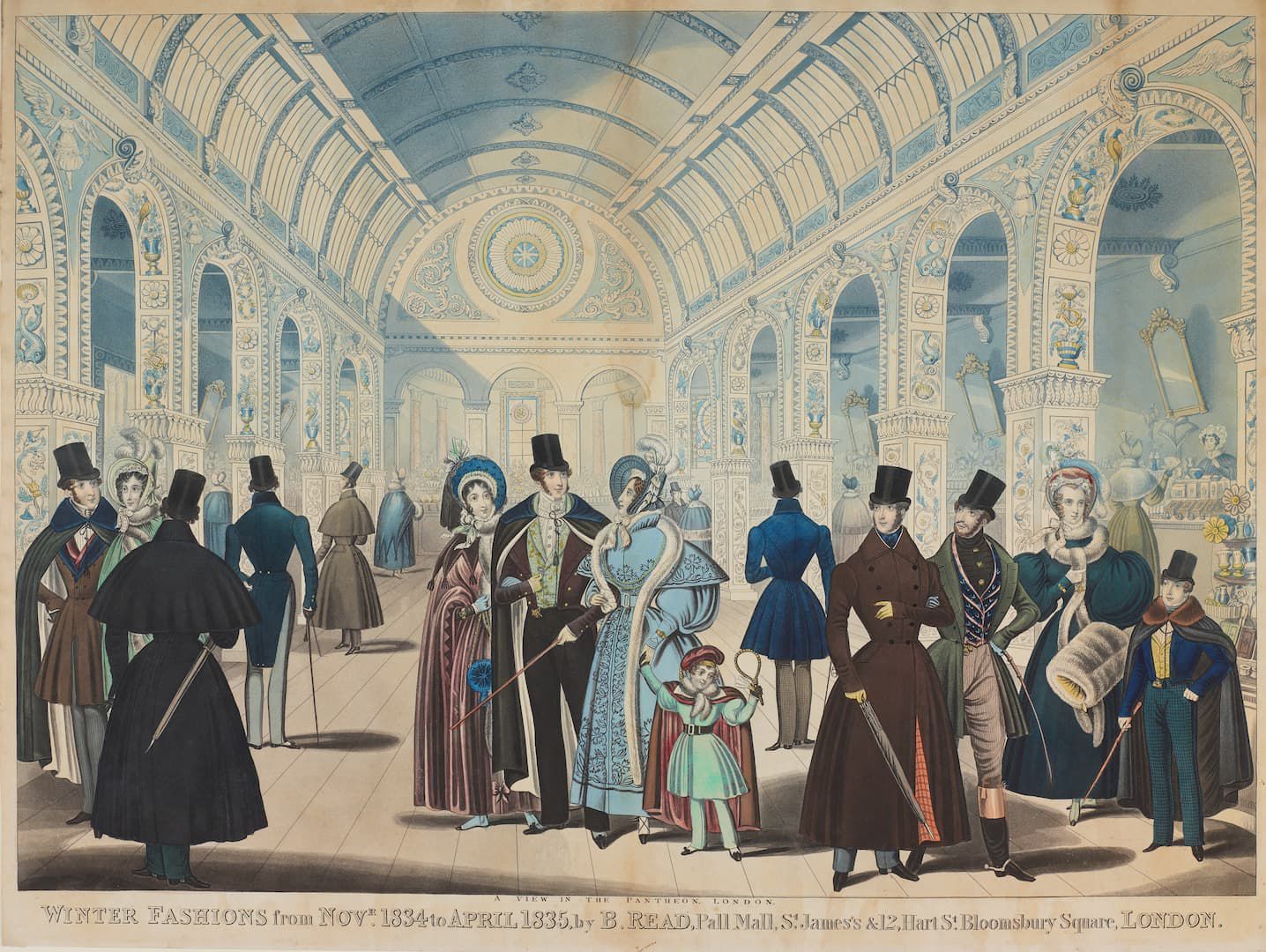
In the nineteenth century, the rise of the middle-classes led to the growth of department stores, with an increasing desire for ‘self-creation’ through consumption. Women were beginning to take up space in the male dominated city with products aimed exclusively at them:
Women’s active participation in consumption activities…challenged the notion that their proper place was confined to the home and meant that women would need access to typically masculine spaces of the city in order to fulfil their roles as consumers.
Oxford Street became a central hub of department stores as a result of its geographical proximity to the theatre district and its good transport connections. Rohan McWilliam’s study, ‘London's West End: Creating the Pleasure District, 1800-1914’ speaks of the theatrical approach in the use of spectacle in the window displays in the West End to draw people in. The illumination of the streets enabled people to window shop into the evening:
The new West End department stores allowed customers to simply just look...The focus on just looking meant that they built on the kind of visual attractions that had been built up in the theatre but also in fairgrounds, magic lantern shows, and optical extravaganzas. Customers developed a loyalty to particular shops just as they had a loyalty to certain theatres which they associated with a particular kind of show. Department stores were also sustained through a strong relationship with the popular press which was used for advertising purposes.
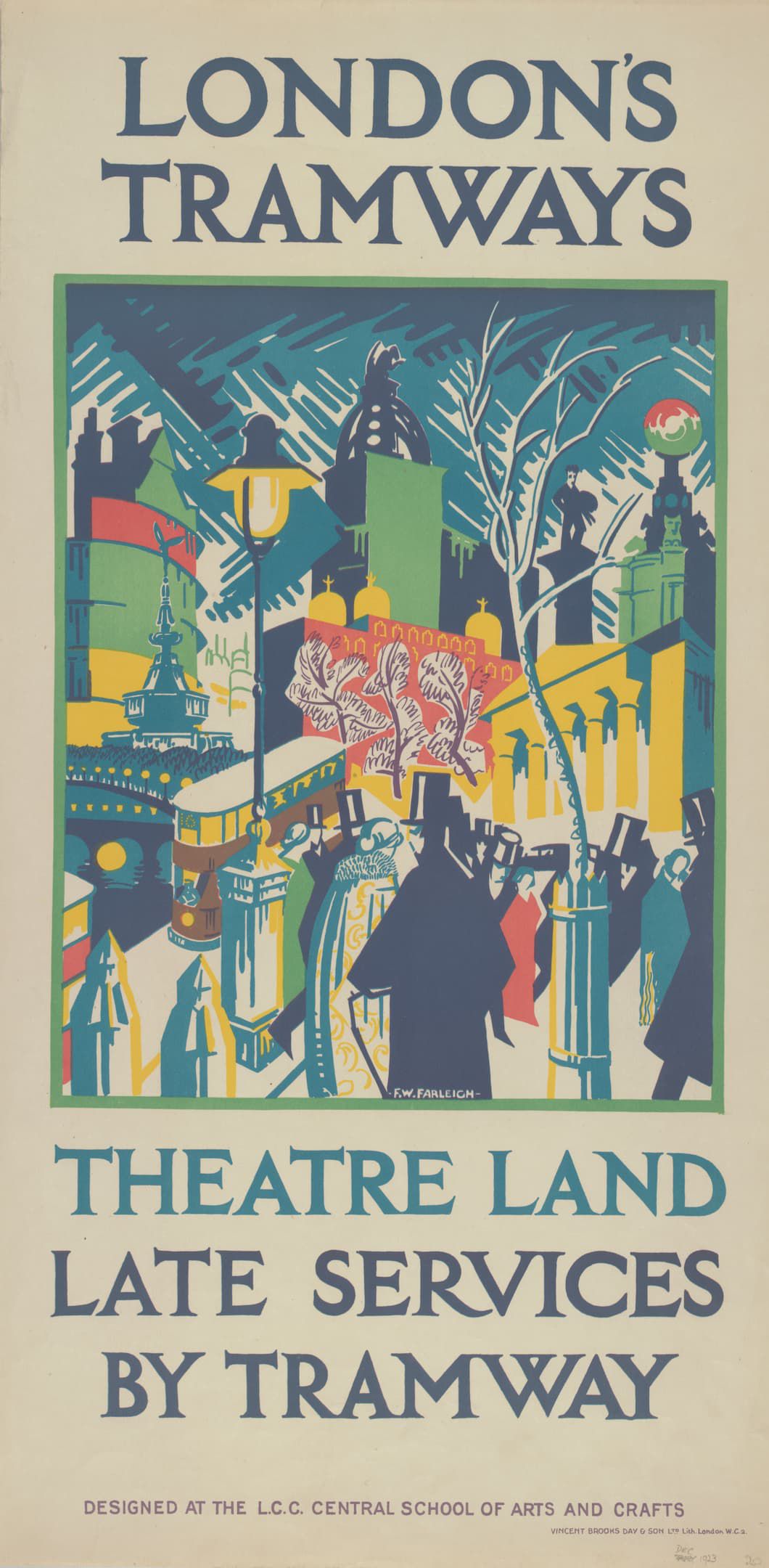
Window Shopping
The mechanisation of glassmaking in the nineteenth century meant that larger sheets of glass could be produced. The windows were expansive to entice the shopper in with displays of visual merchandising reaching new heights and flaunting the brand of the department store. Window shopping became a popular form of entertainment and made such stores a destination for tourists.
Whiteley’s: the purpose-built department store
Whiteley’s developed from a drapery store at 31 Westbourne Grove in 1863. By the 1890s the company had over 6,000 staff and live-in accommodation was supplied. 1907 saw the relocation of Whiteley’s to Bayswater with the new store built in 1908-11 by Belcher and Joass. The building was further extended between 1925 to 1927 when it was bought by Gordon Selfridge. Later, it was transformed into a shopping centre and food hall. It was then developed into a luxury hotel, apartments and retail units on the ground floor to the plans of Norman Foster.
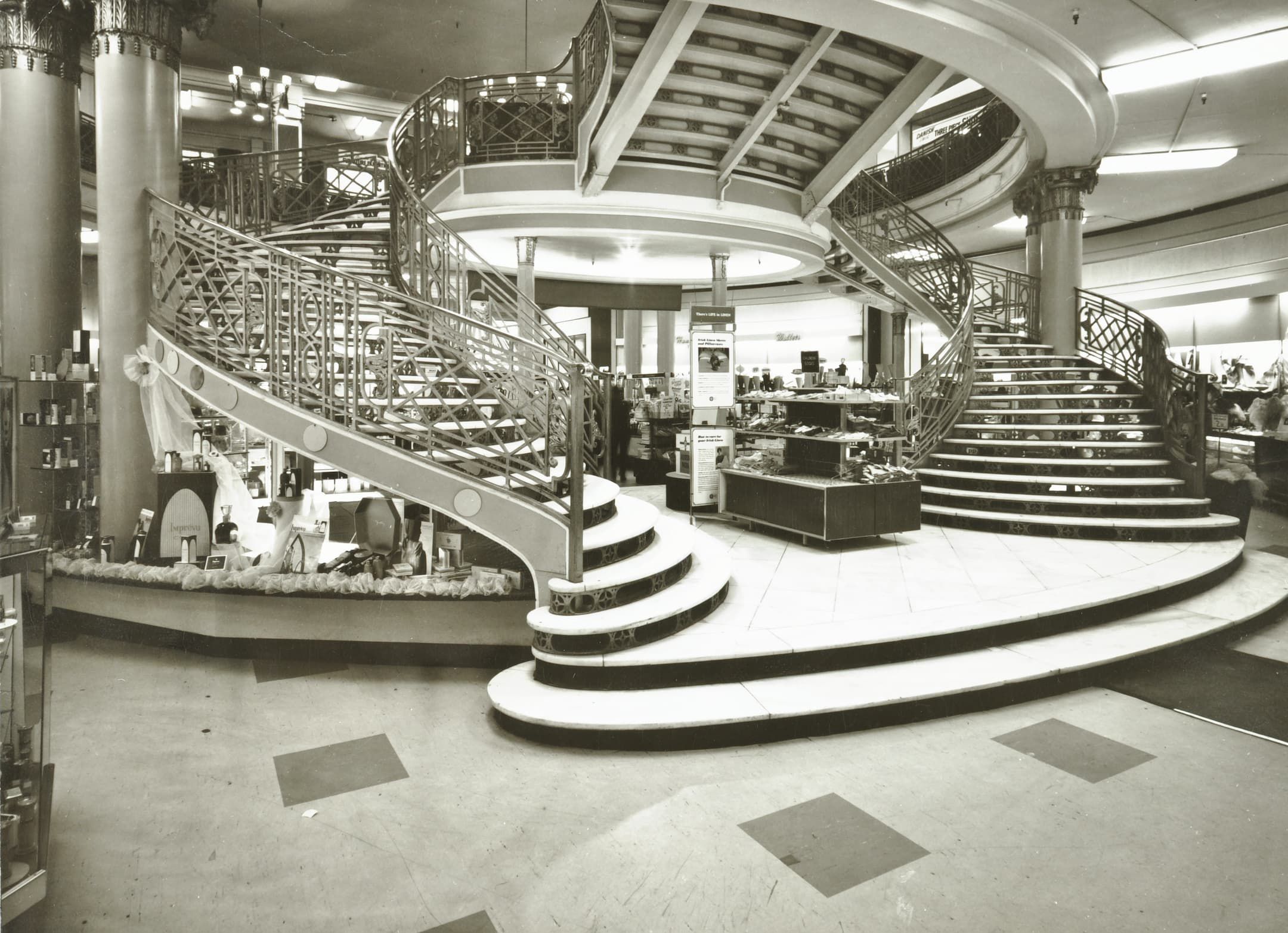
Selfridges: an engaged experience
Harry Gordon Selfridge opened the store that bears his name in 1909 and introduced a library and reading room, restaurants, reception rooms for customers to be entertained in their own language and exhibits about innovations. Selfridge wanted the customer to have an engaged experience to keep them at the store for the maximum time.
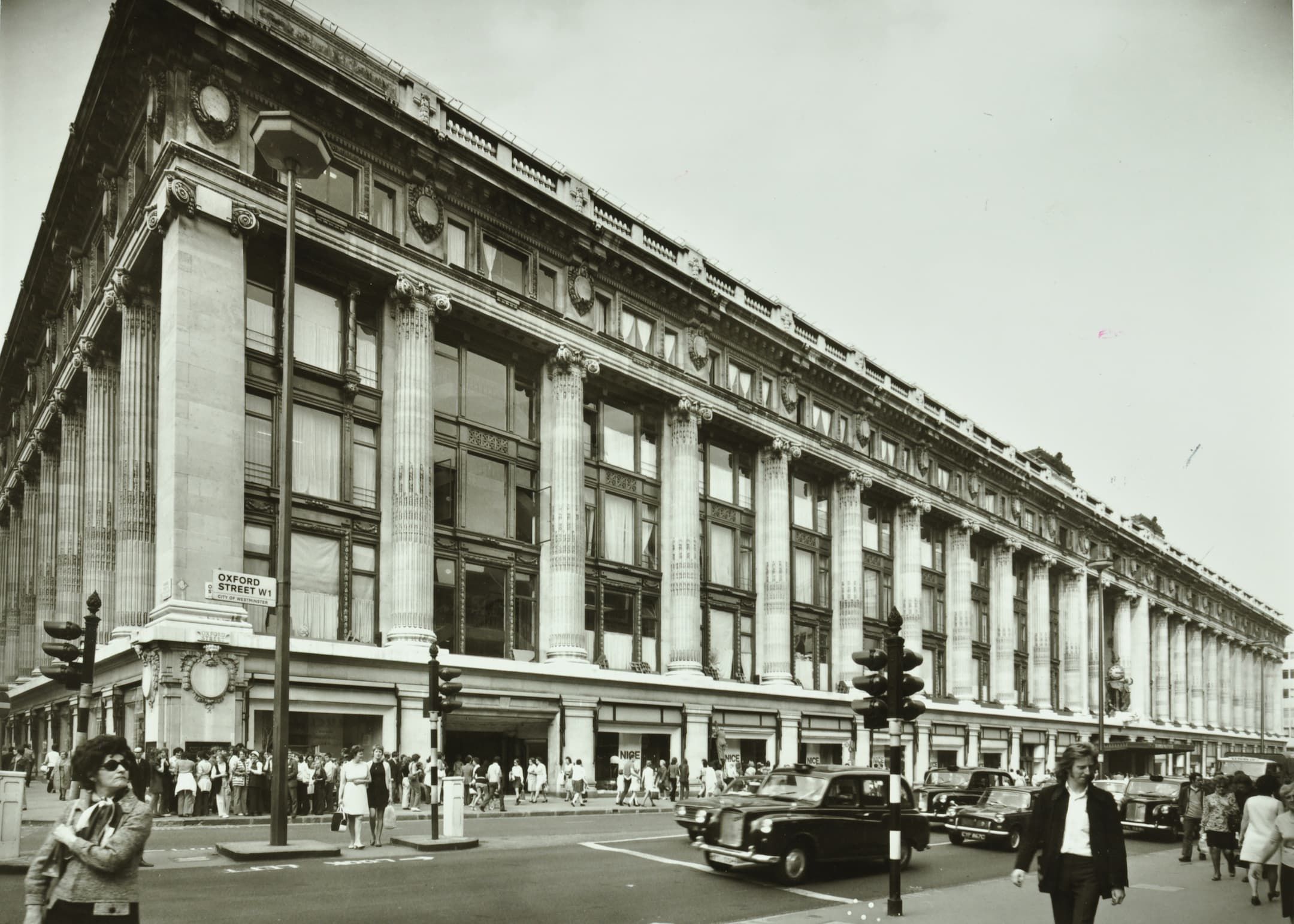
Seduction is an important part of consumerism. One shops in the belief of being transformed by the purchased object: both the enchantment and deception are co-dependent. A giddiness often ensues in navigating the maze of floors and levels in the department store. This is conveyed in a passage about the experience of the Yayoi Kusama window display at Selfridges in 2012:
We want to be seduced. Yet we also feel suffocated by this honey, whose only intention is to entrap. The excess of luxury induces an almost nauseous sense of panic in its sensory overload. Beguiling. Intoxicating. Making me lose my head.
Percy John Home compiled a scrapbook (CLC/521/MS21599) in the 1940s whilst living at 11 Onslow Gardens during the air raids and flying bomb attacks on London. It consists of newspaper cuttings, photographs, and some sketches, and includes an entry recording damage to the side frontage of Selfridges department store. The damage occurred when a V1 flying bomb fell on a public house, the Red Lion at the corner of Barratt Street.
Bomb Damage map showing Selfridges siteSwan and Edgar 'the leading West End Drapers'
This store was located at 45-51 Piccadilly and 49-63 Regent Street, spanning the corner of Piccadilly Circus. It was remodelled between 1910-1920 by the architect Sir Reginald Blomfield with the Higgs and Hill building firm contracted to work on the site.
Suffragettes damaged the window of the store in a campaign initiated by the Women’s Social and Political Union in November 1911 and again in March 1912:
The premises of Messrs. Swan & Edgar seemed to have fared the worst of any.
In popular culture, Swan and Edgar was referenced in the television show, 'Are You Being Served?' and it also had an appearance in the Ealing comedy, 'Laughter in Paradise' (1951), with Alastair Sim trying to get arrested for shoplifting at the store. Debenhams took over in the 1970s until the doors finally closed in 1982.
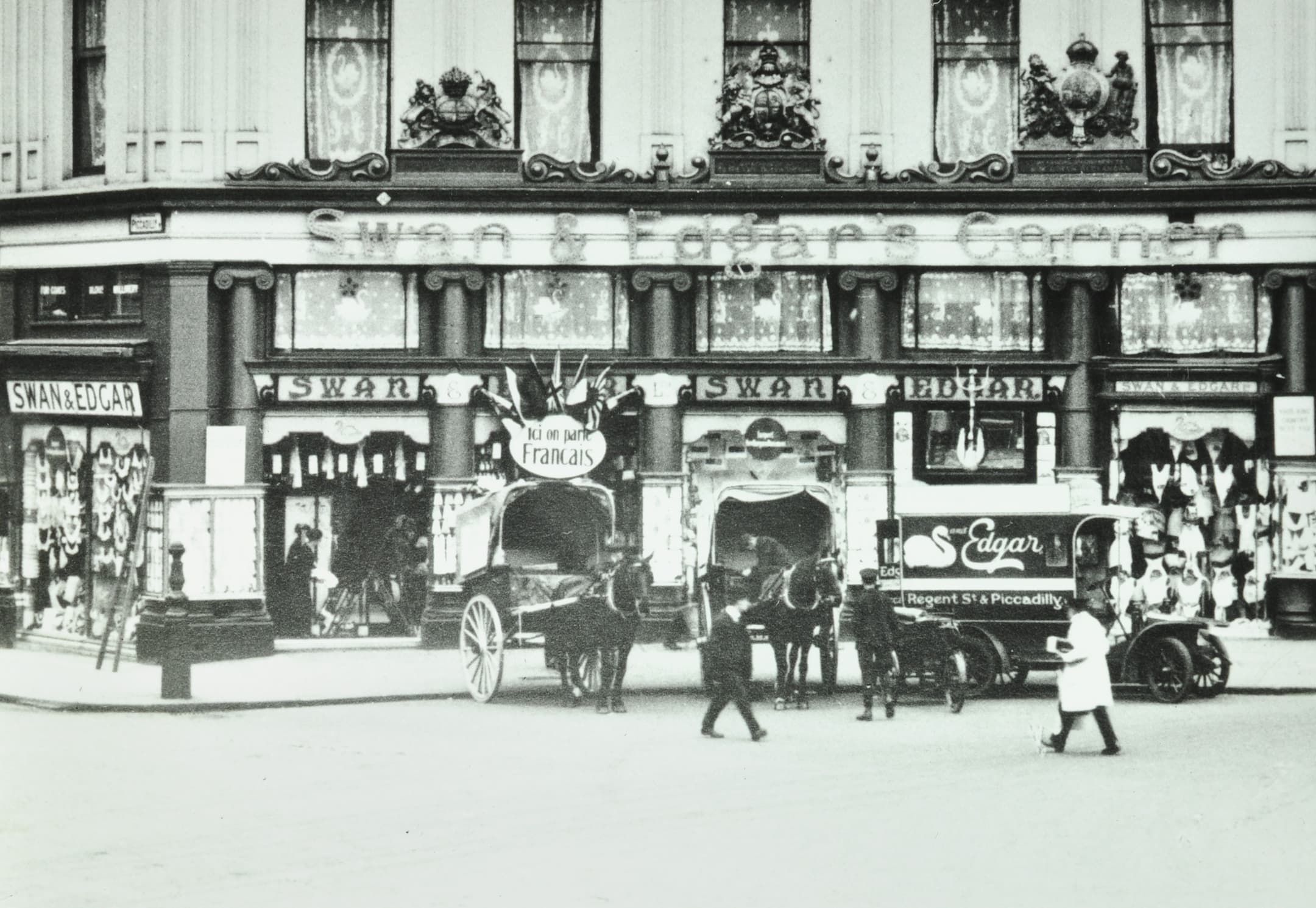
Peter Robinson: ‘birthplace of the blouse’
Peter Robinson advertised its store as ‘the birthplace of the blouse’ with ladies’ wear being a specialism. It started out in 1833 at 103 Oxford Street as a small linen draper’s shop and growing to a department store with 2000 employees.
Later situated at 214-234 Oxford Street at the corner with 252-260 Regent Street it is a Grade II Listed building. The original building was designed in 1912 by Sir Henry Tanner. The eastern extension was completed for Peter Robinson in 1924 by H. A. Hall and Clarkson.
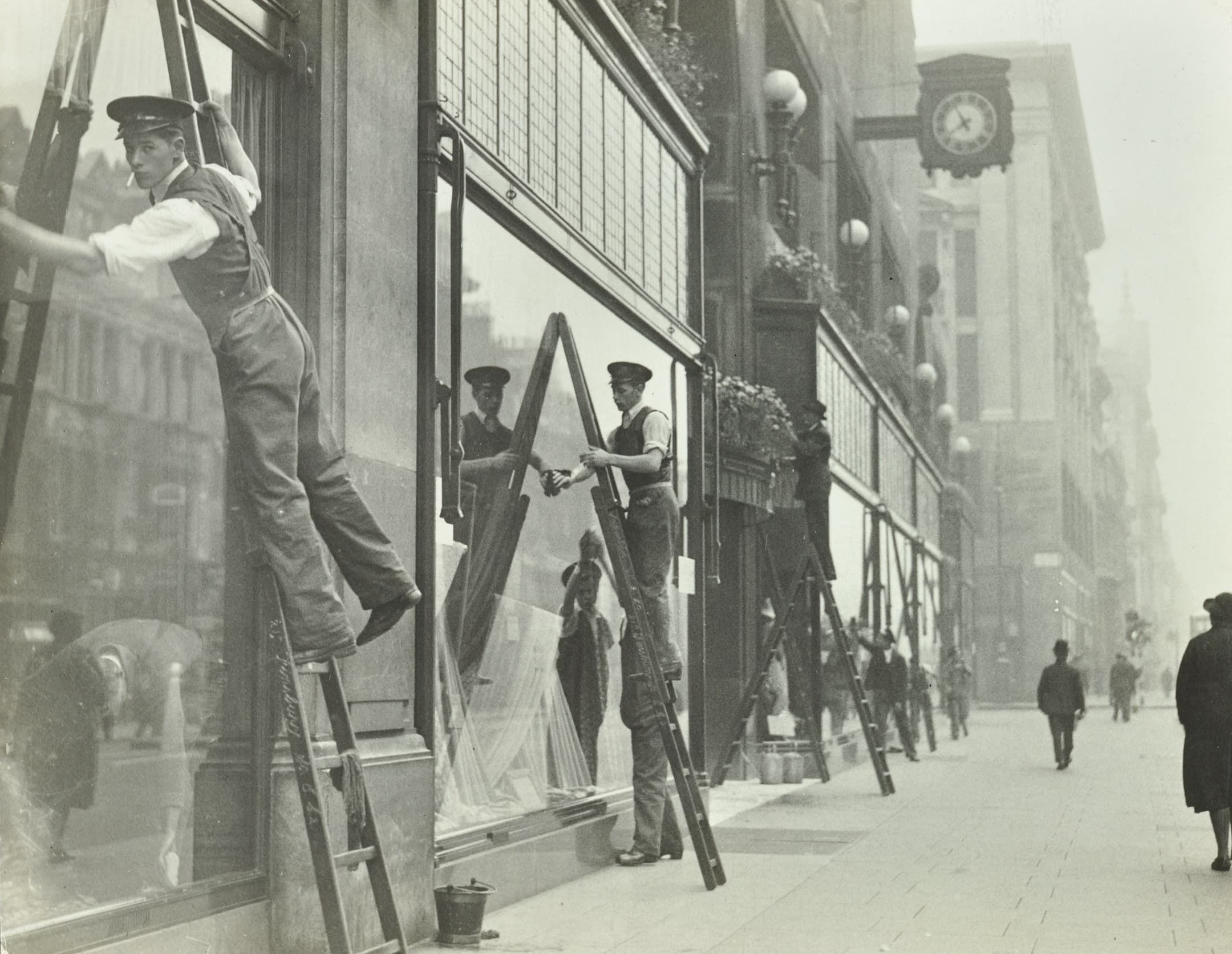
The Topshop clothing brand was situated in the basement of this branch of the Peter Robinson's store from 1964 in a bid to attract the younger shopper. By the end of the 1970s the Peter Robinson brand was disappearing. Topshop operated on the site independently until its closure in 2021 and in 2025 the IKEA company opened its store on the site.
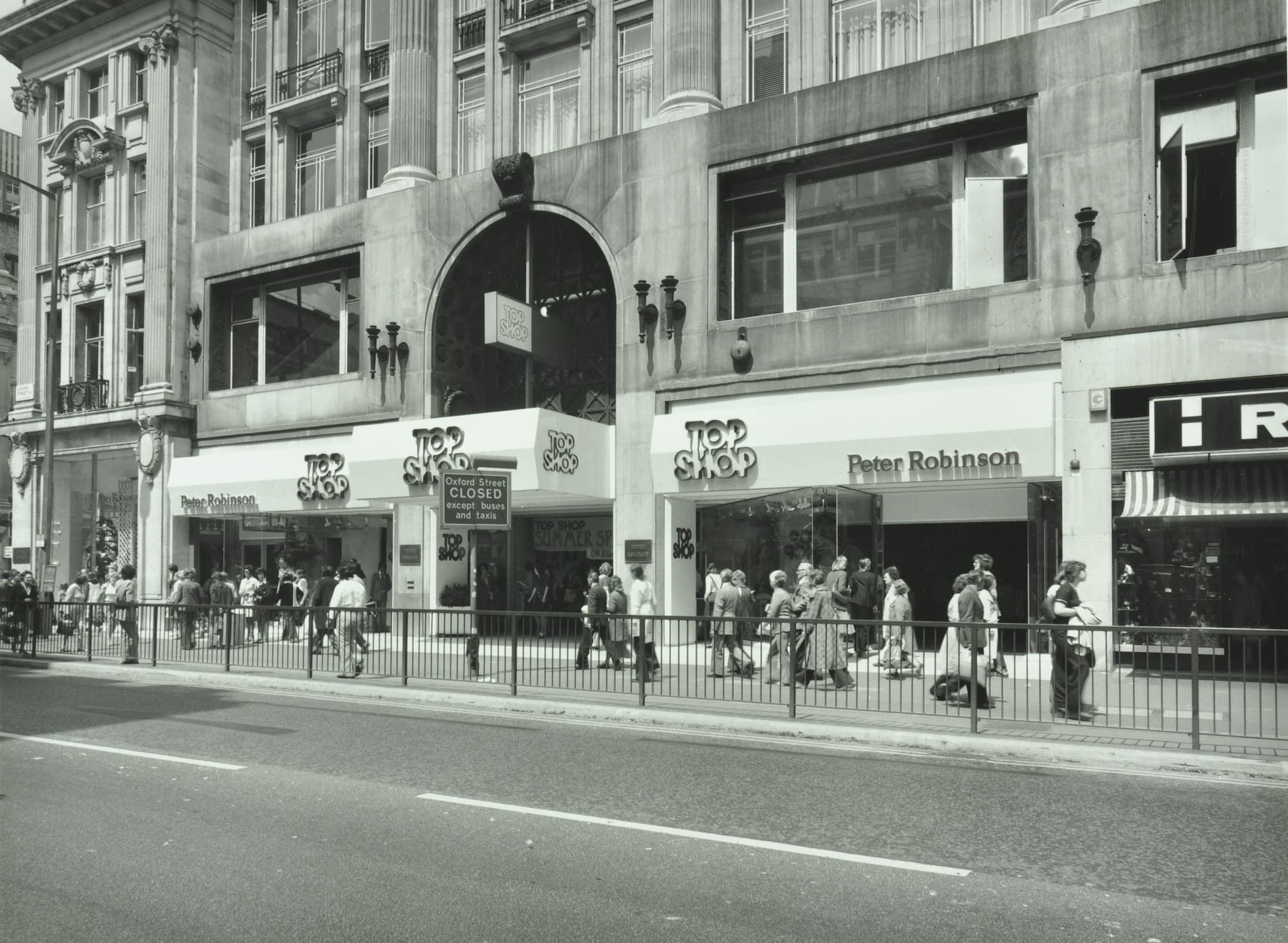
Harrods: embracing new technology
Harrods on Brompton Road in Knightsbridge is probably one of the most famous stores and many tourists make it a destination stop when visiting London. Founded in 1849, it is the largest department store in Europe.
In 1908, The Daily Telegraph & Courier asserted, 'Harrods comprises more than 80 magnificent departments under one roof, forming the most pleasant, complete, and up-to-date shopping resort in the world.'
The following advert describes the increasing availability of modern wireless technology in the 1920s which was being sold in their store and which can be observed in the image below.
'Now that Wireless Telephony is within the reach of all and so wide a public is taking up this fascinating science, the simplified wireless instruments that Harrods offer are meeting with a wide appreciation.' (Illustrated London News, 17 June 1922)
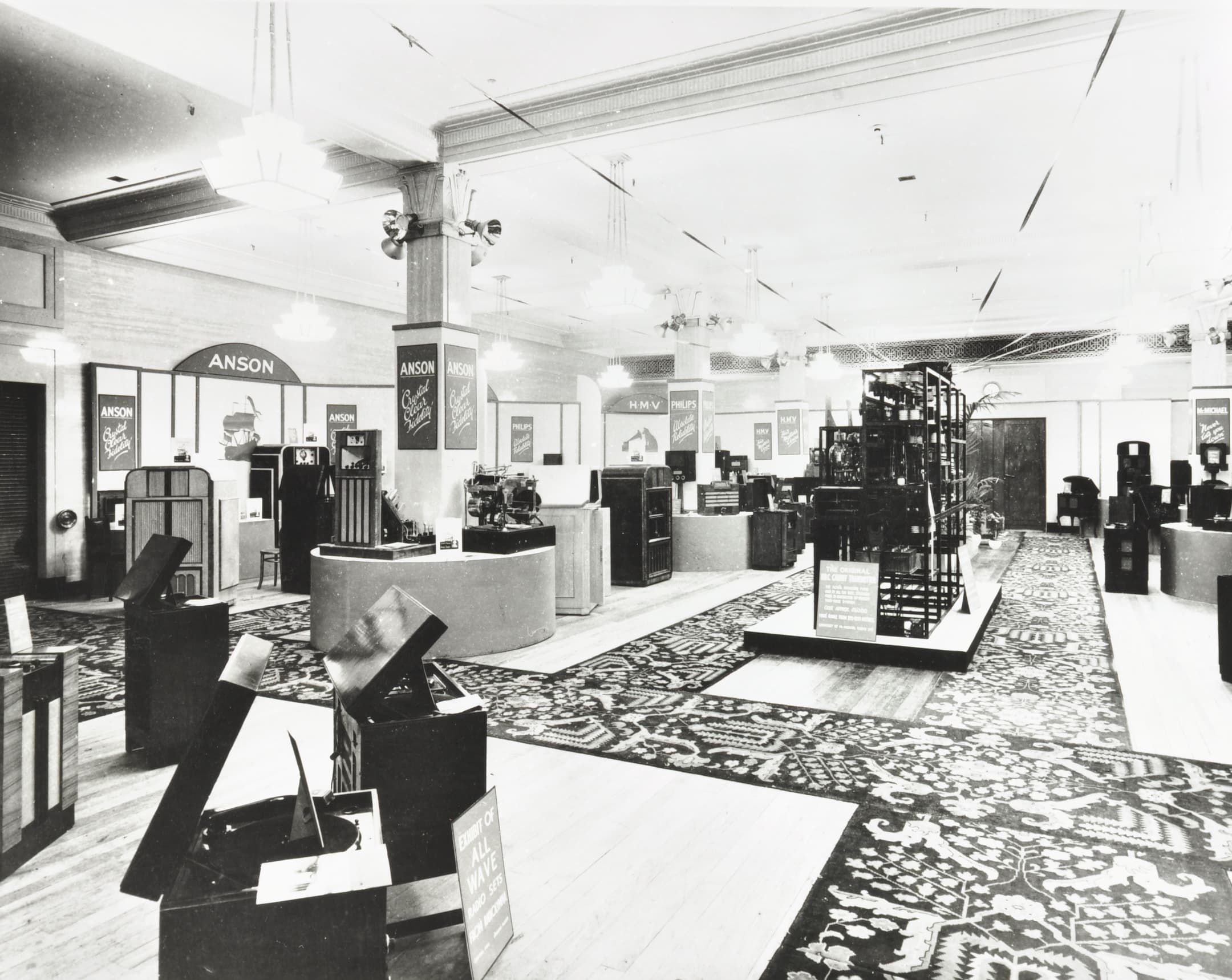
Freeman’s: from mail order catalogue to digital department store
Freeman and Co. were founded in 1905 from a terraced house in Clapham and specialised in clothing by mail. By the late 1930s the company had around 1000 staff and moved to larger premises at 139 Clapham Road. They had become the largest mail order company in the UK by this stage and distributed their catalogue each month. The Clapham offices were bombed in the Second World War and as a result all of the company records were destroyed.
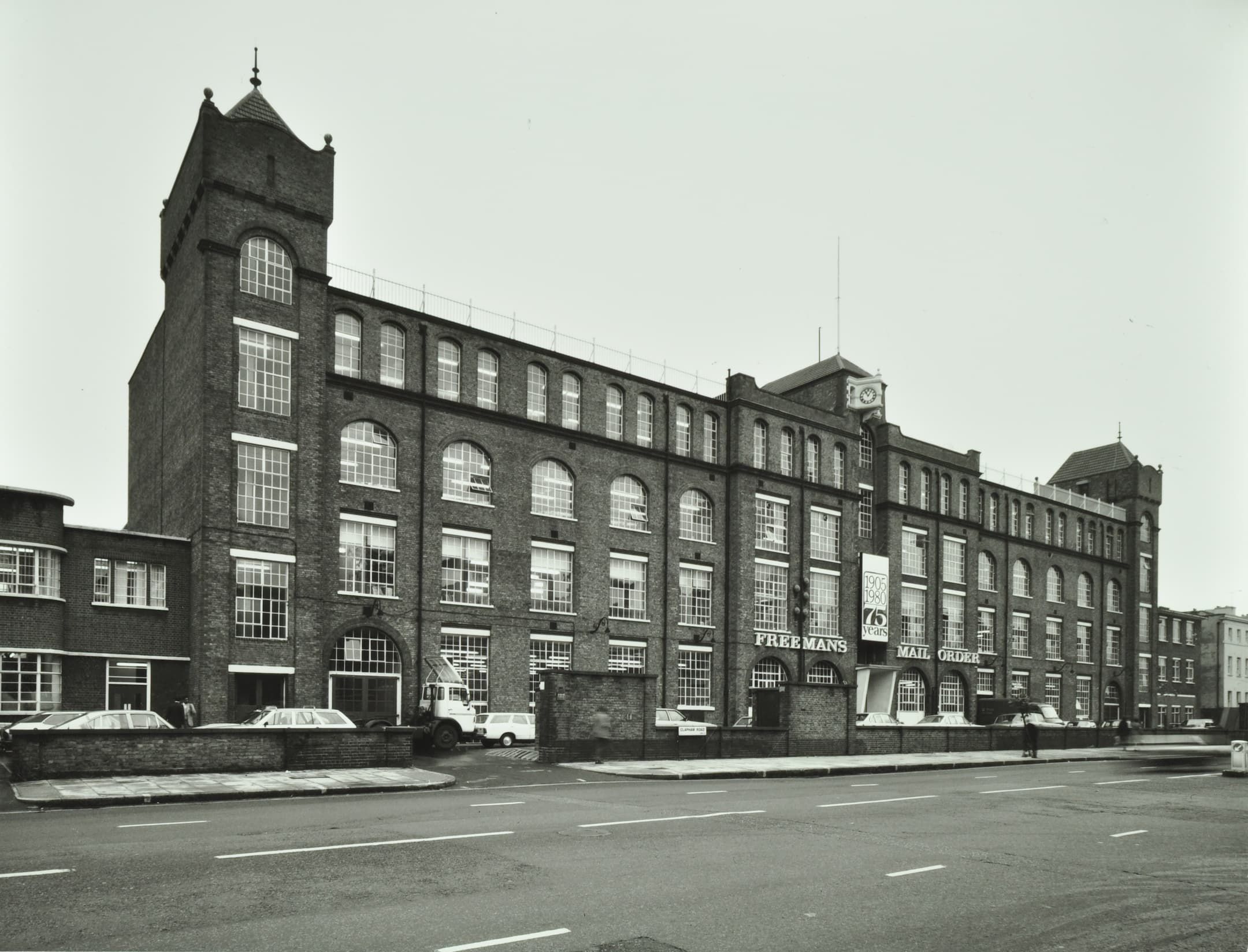
The arrival of out-of-town shopping centres from the 1960s onwards assisted in the demise of department store culture. The shopping centre was often anchored by a department store with other shops around it. But, as there were other choices of brands all under one centre, the competition increased.
The beginnings of the mail order catalogue set the scene for the ability to shop remotely without a physical store being necessary. There is no longer a catalogue, but Freeman’s have modelled themselves online as a 'vibrant digital department store'.
Conclusion
The high street department store was a place to imagine and construct a new identity, to dream and to be tempted by numerous delights under one roof. It had a performative role in its theatrical staging of brands to entice consumption. But can tangibility be replicated in the online world and what about those moments of serendipity on the shop floor? It might be said that a romantic nostalgia is embedded in the fabric of these buildings which have embodied a sense of community and a connection with history.
Further Reading
- The Department Store: A Social History by Bill Lancaster (Leicester University Press, 1995) 35.42 LAN
- Shopping for Pleasure by Erika Diane Rappaport (Princeton University Press, 2000) 40.0 RAP
- London's lost department stores by Tessa Boase (Safe Haven Books, 2022) 35.42 BOA
- Departing Stores by Harriet Lloyd